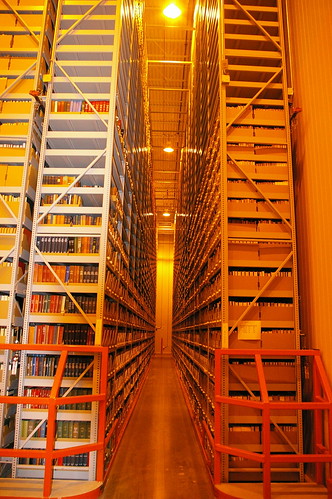For the final week of our internship, we were racing to the finish–trying to get everything done just in time. Our to-do list was quite lengthy at the start of the week, but we managed to accomplish everything by the end.
On Monday, we met at the MFAH to make final precise measurements of the art pieces and take some more pictures. To start off Tuesday, we scheduled out the rest of the week so that everything would get done. We attended the weekly Center for Civic Engagement fellows meeting where we learned the specifics of giving a good PowerPoint or poster presentation from Dr. Deborah Barrett, Director of the Program for Communication Excellence. The Cain Project, established at Rice University, is a great source of information on this topic and can be utilized to find poster templates. Although all of us feel comfortable giving exceptional presentations due to years of experience, this presentation about presentations was a good refresher.
The remainder of Tuesday was primarily spent sending out orders for supplies. We ordered supplies from Regal Plastics Inc., McMaster Carr online, The Strap Store of Houston, and a couple of other sources.
On Wednesday, we received some of our structural framing materials and began making test frames. As part of the iteration process of our prototyping, we realized that a few parts were not sufficient for our designs and decided to modify one of our orders. We also made test silicone molds in the Wet Lab, leaving ample time for these to set. A large portion of the day was also spent working on the business plan for our Innovation Norway class. By the end of Wednesday, the business plan for ArtArmor had been masterfully completed, including sections for executive summary, product overview, market analysis, marketing strategy, critical risks, and the company management. That afternoon, Caleb picked up the plastics order from Regal Plastics and Rhodes retreived the order of straps.
By Thursday, more and more materials were pouring into the Design Kitchen. We continued to test the framing components and assess what materials were still needed. Caleb worked on the plaster and mold for the Head of a Child piece, Nicole created the hanger element for History Dress # 1, Kristi formed the mold for the bottom of The Bronco Buster, and Rhodes planned out design dimensions for all of the pieces using CAD. We also spent some time designing the poster for our project.
Before heading to class, Rhodes and Caleb worked on elevator pitches for ArtArmor, LLC. These 90 second pitches were then presented before the entire class and a partner from the DFJ Mercury venture capitalist firm. Both elevator pitches included humorous and informative components that were well-received by the rest of the class and instructors. During the remainder of the class, Ned Hill, Managing Director of DFJ Mercury, presented on every possible detail of term sheets.
Friday, the last day of July, marked the final day of the internship and it turned out to be the busiest of the entire 9 weeks. The epic day consisted of cutting and polishing the framing beams, cutting the sides and bottoms to size, creating the final silicone molds, and finally building our housing solution prototypes. We all utilized the machine shop and tools to finalize the prototypes. A few more final materials were picked up as the building progressed. Our final solutions will be unveiled at a later date, but for now we are quite proud of the ultimate outcomes of our project. After a long last day spent at the Design Kitchen, we celebrated the conclusion of our internship. The endless hours of research, hundreds of ideas, and weeks spent designing modular housing solutions for the MFAH’s art pieces had surmised into impressive prototypes. This is not the end, however, as we will be presenting our work this Fall and our endeavors will be wrapped into the class taught this Fall semester by Dr. Wettergreen. Although the summer internship has ended for EDAAC, you will definitely be hearing more from us in the future.




